Oh, the joy. Well, yes, it’s true that these are not much fun to write. But if you prepared like we discussed earlier (the “I Love Me” binder in the first installment: gijobs.com/start-your-job-search), this will be a lot easier. There are hundreds (maybe thousands) of resources: books, articles, websites, etc., that can offer excellent guidance on résumé writing.
I would shy away from paying anyone to write your résumé, as this is something you can do on your own with a little research and good advice from friends and associates. You know yourself best – why pay some stranger to interview you and then present you with a résumé that you may not recognize? You will also be presented with a hefty bill for that dubious service. Do it yourself and save the $300.
The résumé is not going to get you the job. The résumé can, at best, get you an interview and, at worst, screen you out of consideration. Here are a few tips:
• Keep it to two pages.As a hiring manager, I will lose interest after two pages, so say what you need to say quickly and save the rest for the interview. If your prospective employer asks for a CV (curriculum vitae), it can be longer. Most of us won’t be using the CV – it’s generally reserved for people in medicine, higher education, law and so on.
• References go on a separate piece of paper. Never waste the space on the résumé to tell me “references are available upon request.” I know that, and you will have them ready anyway. I just saved you a line that you can use to tell me what you can do for me.
• Use real résumé paper with a conservative color. Leave white space between lines and margins for ease of reading, but don’t overdo it. If you try to pack too much information into too small a space, it will be difficult to notice the important details.
• Be sure your e-mail address is professional. Don’t use something “funny” or suggestive – not while you are looking for a job. (Same goes for your voice mail, by the way).
• Never lie.
• Don’t simply list job descriptions.Quantify! Never use “responsible for…” Employers want to know more. How many? How much? How large was the scope? How often? Use percentages and numbers. Increased by 25 percent. Reduced by 12 percent, saving the company $100,000 over four years. This tells me your impact and value. If your successes were based on quantifiable metrics, use that data to show how well you have done.
• Proof read, and then proof read it five more times. You would not believe the number of résumés I have seen with typos, misspellings and omissions. They generally go straight to the trash and the poor writer never even knows why he or she didn’t even get a call.
Put in the time to make your résumé perfect. Be sure it says enough about you to make the employer interested in speaking with you. Also be sure that your résumé contains as many of the key words and phrases as possible that are found in the job announcement, especially for those résumés being sent to large firms or government agencies using computer-based screening tools. This is the initial screening method used to eliminate those who don’t match up well.
Prepare a Cover Letter
Some say cover letters are not necessary, but I disagree. The cover letter is the introduction of your résumé. Keep it brief and crisp. Tell me how you learned of the job opening; if there is someone in the company you know (be sure he or she has not been recently indicted), mention that name. Don’t re-state what will follow in the résumé but rather say something like “…as you will see in my résumé, I have a strong background in XYZ…” The cover letter should make me want to read your résumé .
Choose a Résumé Format
There are several résumé formats from which to choose. Some prefer the traditional chronological – detailing by date, all the jobs you have had starting with the current or most recent.
I prefer a functional résumé, especially for someone like a project manager. This allows you to get credit for work you accomplished even long ago since the work is grouped by function. For example, a project manager could present information about working on IT projects separately from service delivery or construction projects. This allows you to highlight your experiences and successes that best fit the position for which you are interviewing. You can move these sections around within your résumé, and show the most relevant positions up front, making it easier for both the HR department and hiring manager to validate your candidacy. This is also a way to avoid highlighting any gaps in work that may be common to project managers but misunderstood by someone unfamiliar with the project world.
You can also opt for a combination résumé that blends the chronological and functional aspects and gives a very thorough picture of your capabilities and the timelines of your professional career. The combined résumé format literally combines the chronological and the functional. It clearly shows consistent employment periods while allowing you to get credit for work performed more than 10 or 15 or even 20 years ago.
Now go look at some of the resources available on the Internet (like GIJobs.com) and get started. Come back to this article when you have completed the first draft of your résumé – I’ll wait.
Editor’s Note: This is the third in an occasional series that will guide you through the military-to-civilian transition, one step at a time. To read the first two installments, visit gijobs.com/start-your-job-search.





